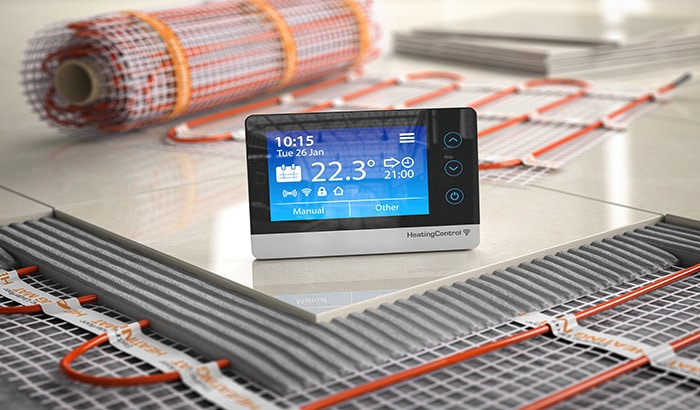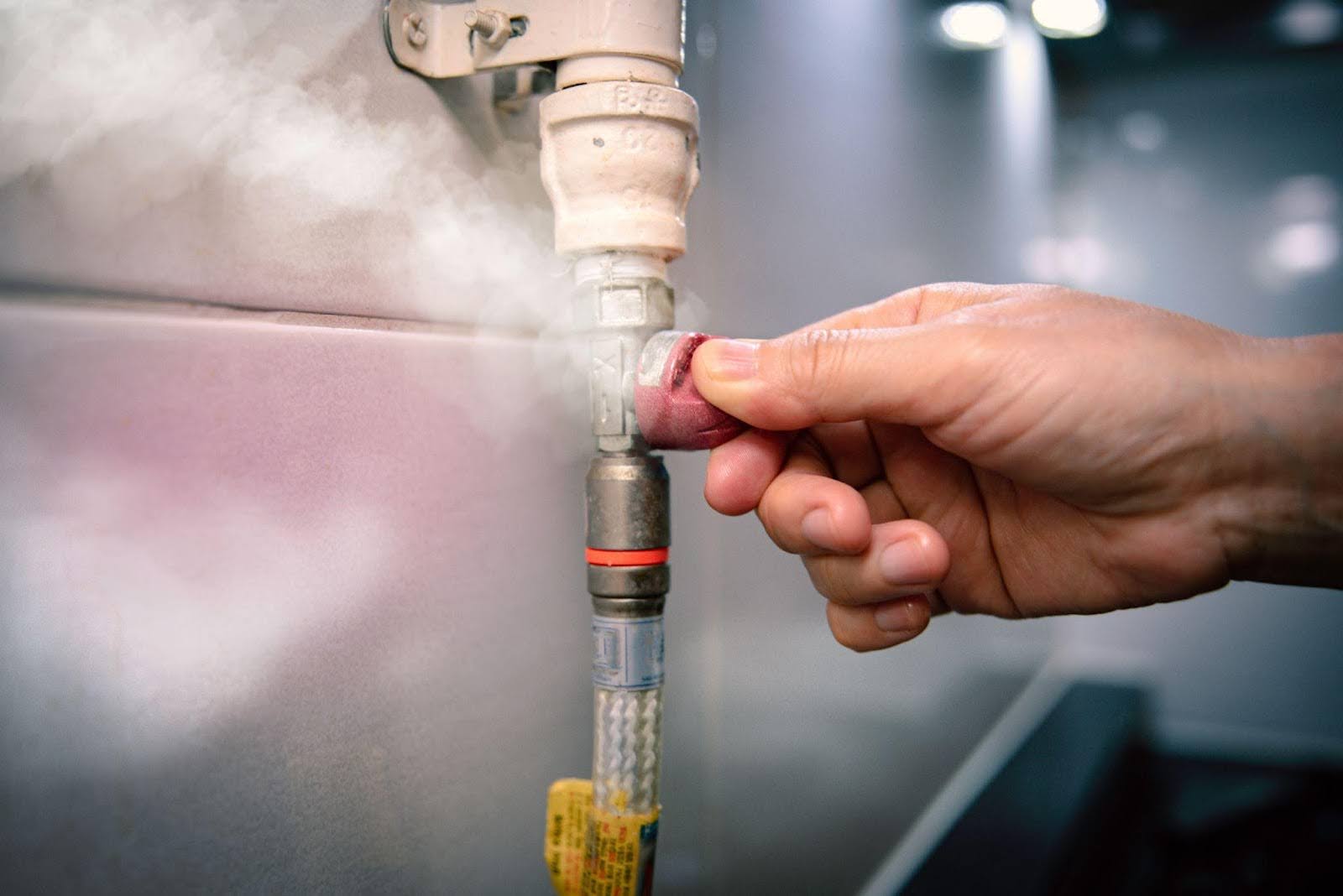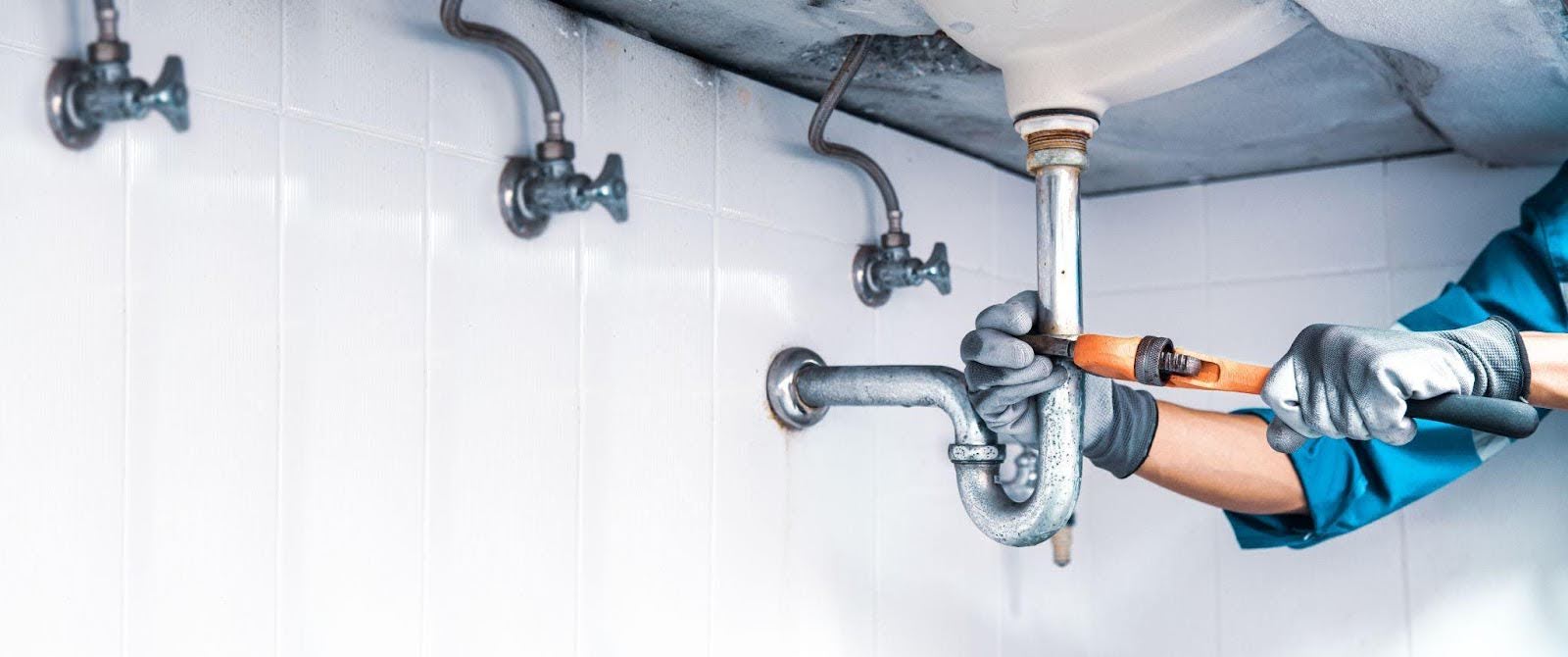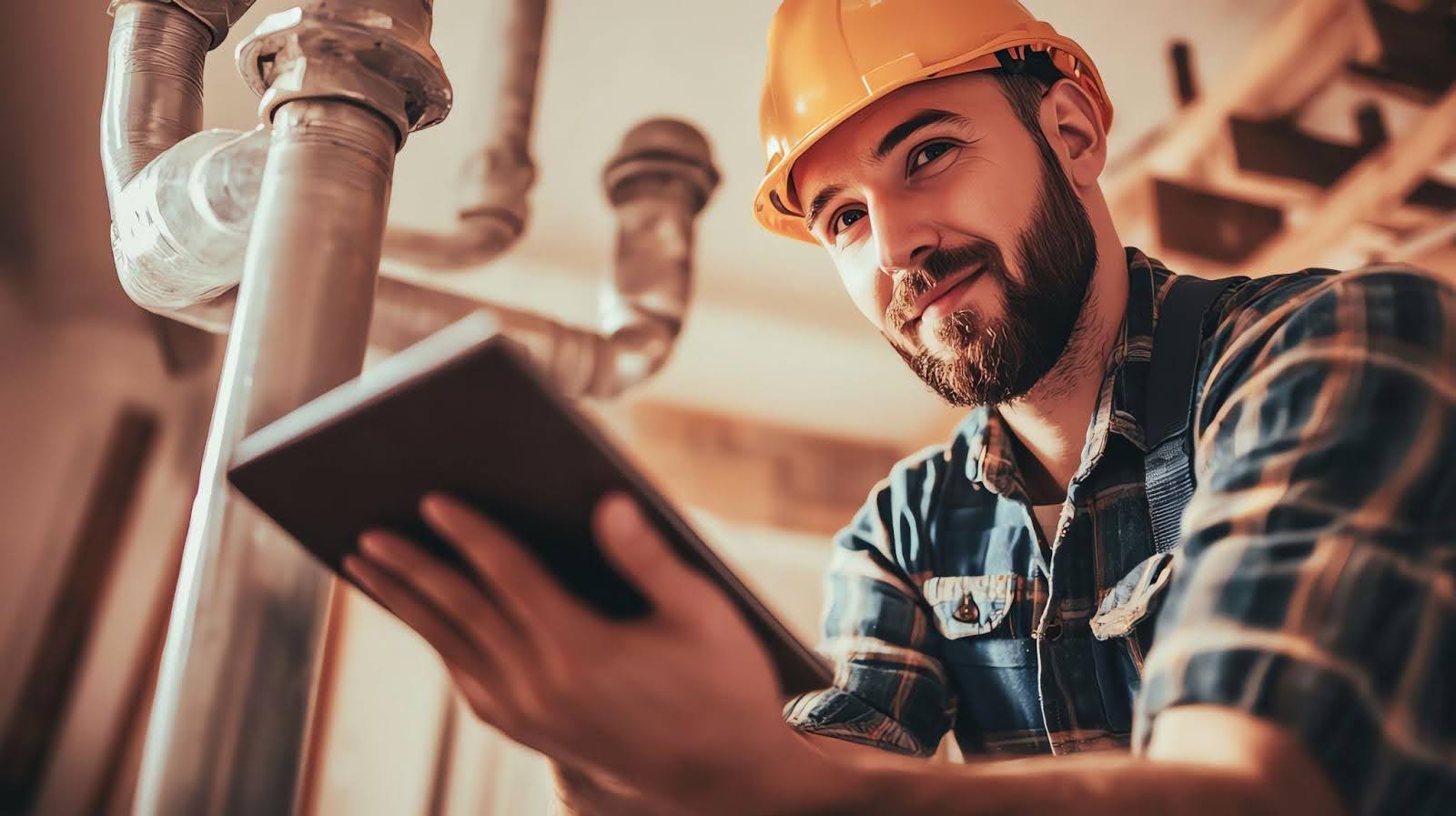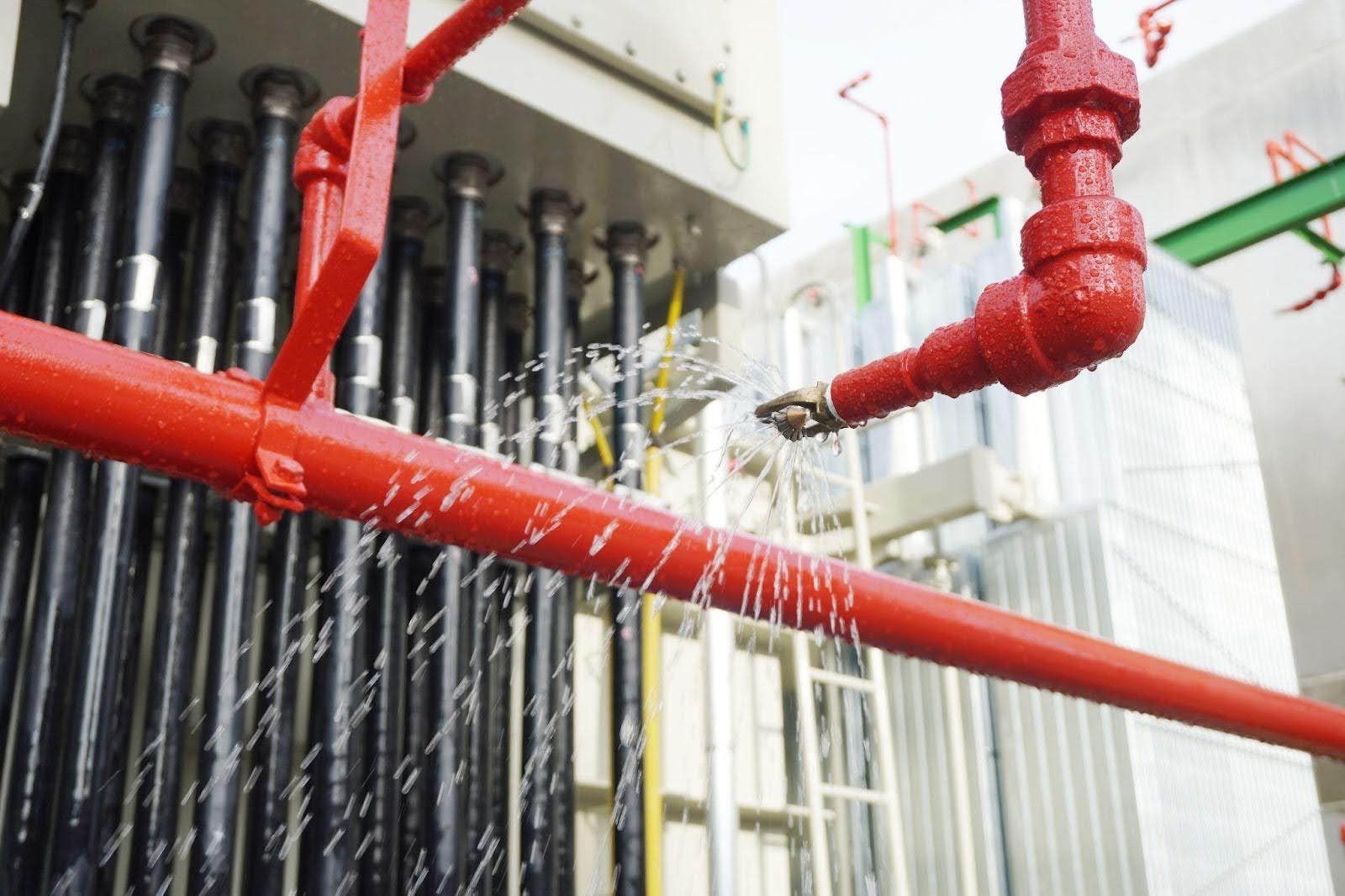We’re deep into another Utah winter with its signature freezing temperatures, and the right radiant heating system can make all the difference.
However, unlike most Utah winters, we’re spending this one within our own homes more than we might have expected. Many homeowners are realizing how ineffective or inefficient their heating systems have become over the years. Month after month, they’re paying utility bills for heating systems that aren’t reliable or even comfortable.
Every time we talk to Utah County homeowners about their home heating woes, we’re surprised at how many don’t understand the basics of radiant heat or how it can solve their problems. Today, we’re sharing what you need to know about radiant heating for your home.
What is Radiant Heating?
Radiant heating is a system of tubes built into your home, under flooring, and behind walls and ceilings. The tubes radiate through the home and utilize air, electricity, or water to spread warmth. Radiant heating is incredibly effective at warming large spaces and reaching all of the areas of your home—unlike forced air, which can be concentrated to the areas near vents and quickly dissipates in large spaces.
Electric radiant heating is incredibly effective at warming your home quickly and can store or maintain heat reliably if you have a concrete foundation for your home. The only drawback is the cost or electricity to power your system.
Water radiant heating, or hydronic heating, is probably the most popular, since it’s the most affordable and very kind to the environment. Hydronic heating is often found in older homes, but newer models allow for zoned heating and other technological advances to meet your needs.
Radiant air is the least feasible, since it’s expensive and usually needs to be combined with solar power; however, it can be effective for larger structures that already use solar energy.
3 Reasons to Choose Radiant Heating
- Utah is Too Dry. Did you know that your forced air drains all of the humidity from the air? In Utah, we don’t have much humidity to begin with. This means that the hot and dry forced air in your HVAC is even worse for your hair, skin, and nails—as well as any respiratory conditions you might encounter. Radiant heating is humidity-friendly and better for your health.
- Energy Efficiency. Radiant heating will significantly decrease your energy usage and costs, which is a huge win for you and the environment. But even further, radiant heating operates at a much lower temperature than your HVAC or baseboard heat, meaning it uses and loses less heat during each usage cycle.
- Peace & Quiet. We need to run our heat for most of the day and most of this long Utah winter season. What if you didn’t even hear your air kick on and off? Radiant heat is near silent and almost unnoticeable.
Contact Salisbury Plumbing
If a new radiating heating system interests you, you’re not alone. Salisbury Plumbing has helped countless Utah County homeowners make the switch to radiant heating, from Lehi down to Provo, We’re ready to show you exactly what it can do for your home and family.
toto slot

